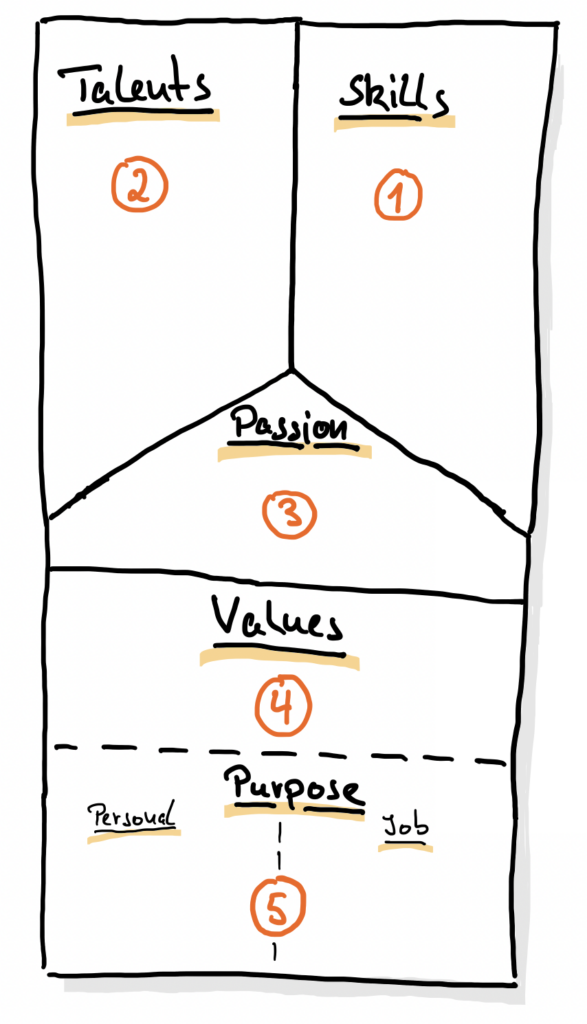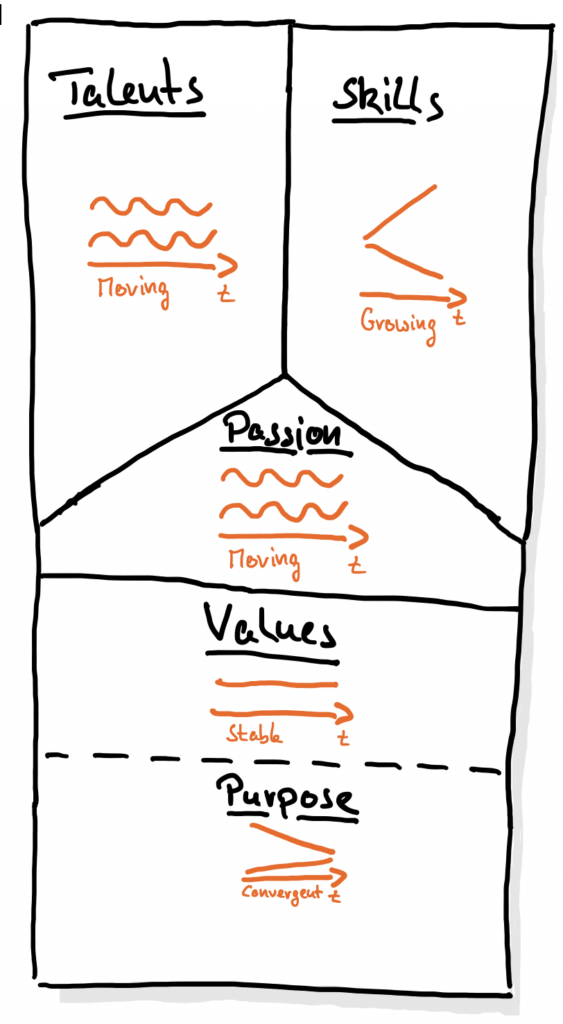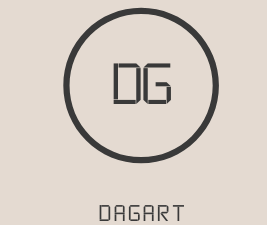What is the personal canvas?
The goal of my Personal Canvas is to provide a structure that provides a holistic and coherent basis for sustainable personal development.
Why a personal canvas?
When it comes to the personal development of staff, most organisations fail to offer a holistic approach to their personal development path. This, at least, has been my personal experience with my own employers as well as with the multitude of organisations I have advised.
The Personal Canvas is one way to bridge this gap. It connects your skills with your values and your purpose. Once you have created your Personal Canvas for the first time, you can see the extent to which your skills are aligned with your values and purpose.
It therefore gives you the opportunity to manage your personal development more effectively.
Who is the Personal Canvas for?
In my view, there are 2 relevant target groups for whom the Personal Canvas is useful:
- Employees:
You can use it in cooperation with your team leader on a personal level - Team members:
You can use it within your team to better understand what the capabilities of your team members are and how the values may differ within your team.
5 Building Blocks of the Personal Canvas
After focusing on developing my skills for a while, the question came up for me! Why are the topics actually important for me and why do they drive me? In doing so, I realised that it is not sufficient to only look at the skills for a holistic development. I have identified a total of 5 building blocks for this:

From my point of view, these 5 building blocks are relevant for the most coherent personal development of employees. Next, I would like to define the 5 building blocks:
- Skills: Competences you have acquired and for which you are often asked
- Talents: Things that come particularly easily to you and in which you are said to have a special talent1
- Passions: Activities to which you devote yourself and which arouse great enthusiasm in you1
- Values: Things you consider worth striving for
- Purpose: Why you do things the way you do them
The structure of the Personal Canvas
My goal was to use a structure that was as simple as possible, so that you can focus more on the content when talking to your staff or team members.

The development of the contents follows a flow
Apart from the structure, it is important to work on the Canvas in a certain order. Similar to an onion, you should work from the outside in, i.e. you first look at the obvious “external” skills and work your way step by step to the core of the personality: the purpose.
It is much easier for people to talk about their abilities, which is why it makes sense to start with the ability.

Mutual trust is important
Mutual trust is necessary to work on the Canvas, e.g. it does not make sense to go through all the building blocks at the very first staff meeting between the team leader and a team member. It makes more sense to talk about skills and talents first.

The other building blocks of the Canvas should be addressed with the employee at a later stage. Without a certain basis of trust, it is very likely that the true passions and values will not be mentioned.
The purpose of each canvas is an absolute “private zone”, i.e. it is up to the owner of the personal canvas whether he or she wants to share it or not. The purpose can be something very personal that one might want to share in the work context.
Development of the building blocks’ content
Another aspect that is important from my point of view: The building block contents are not static, but they change over time. The picture below shows how the content of the building blocks changes over time.

Skills grow over time. Talents and passions are used in specific contexts. Compared to skills, I use a portfolio that is relatively stable. Stability plays an even more important role with values, which should be implicitly or explicitly defined for you personally and should not change. The purpose should become clear over time and then not change.
If values and purpose change frequently over time, it would be wise to reflect on why they change.
I hope that the Personal Canvas will be seen as a useful tool for the holistic and coherent development of employees. In one of the next blog entries, I will present an example of how the Personal Canvas can be used concretely.
